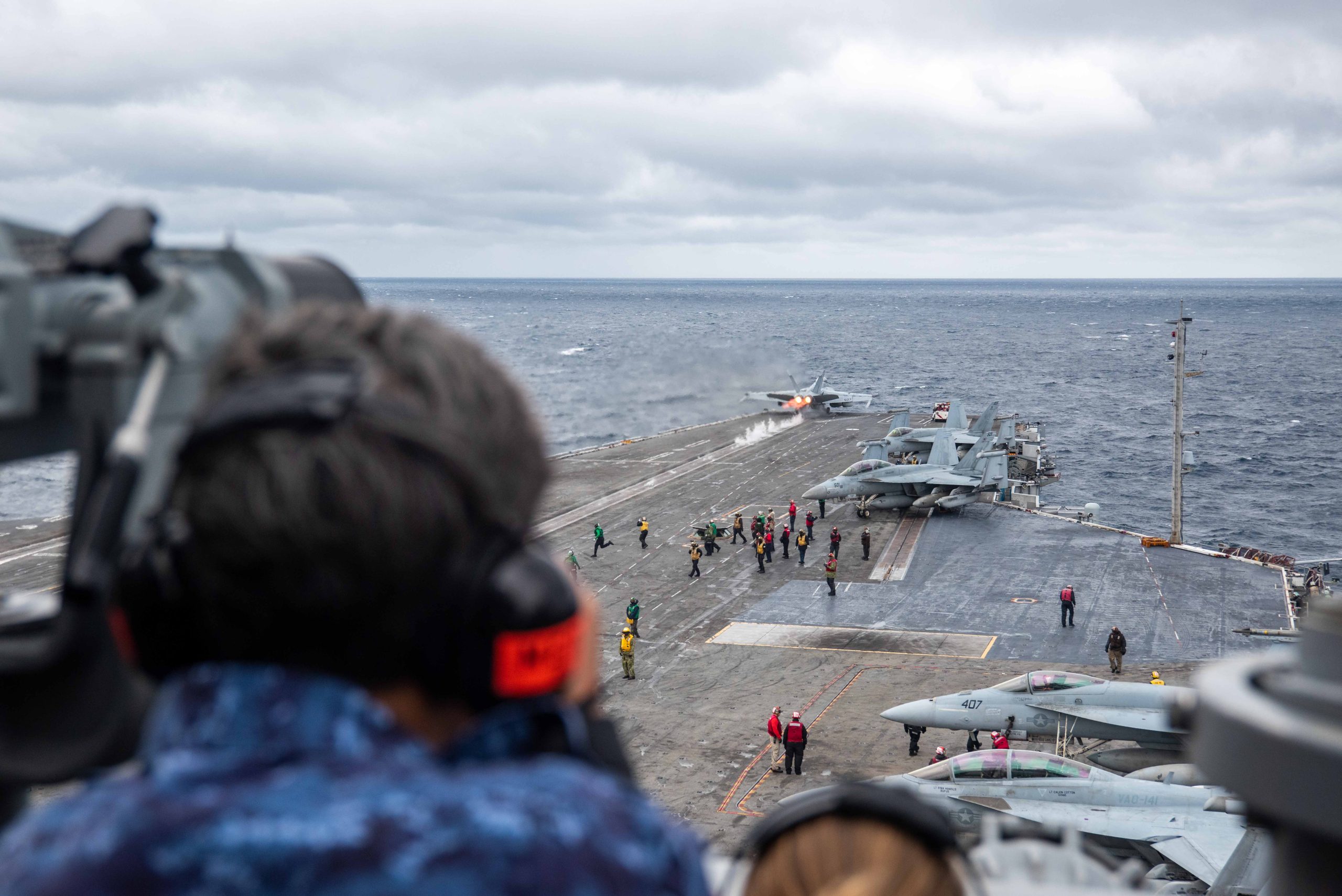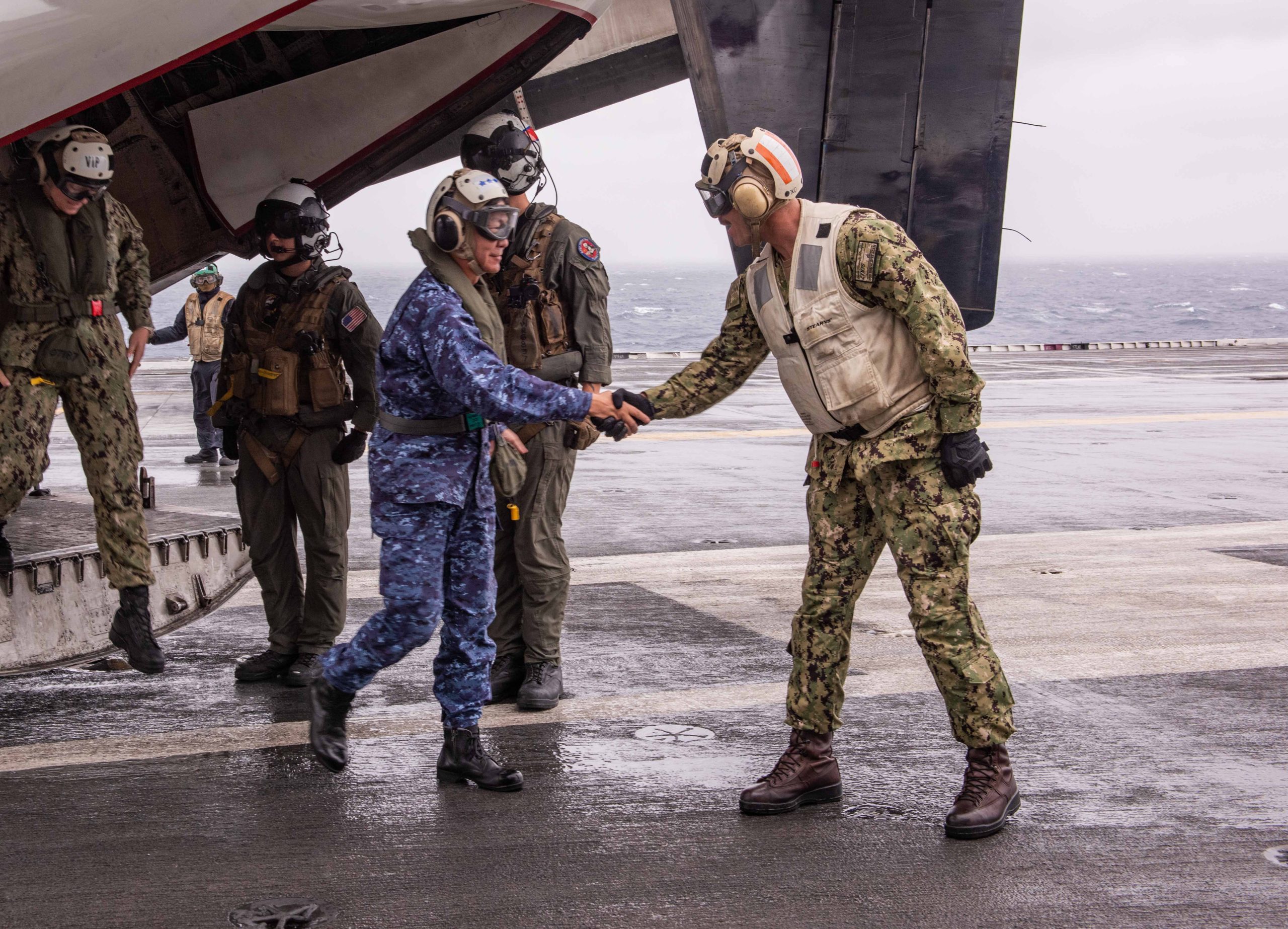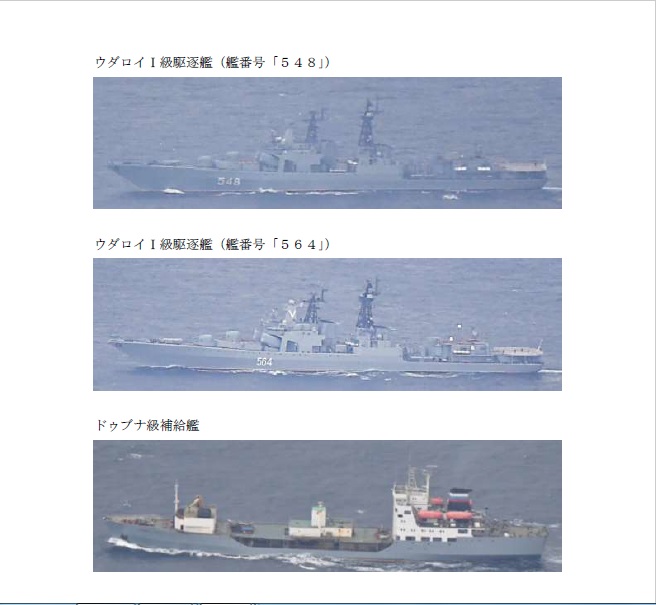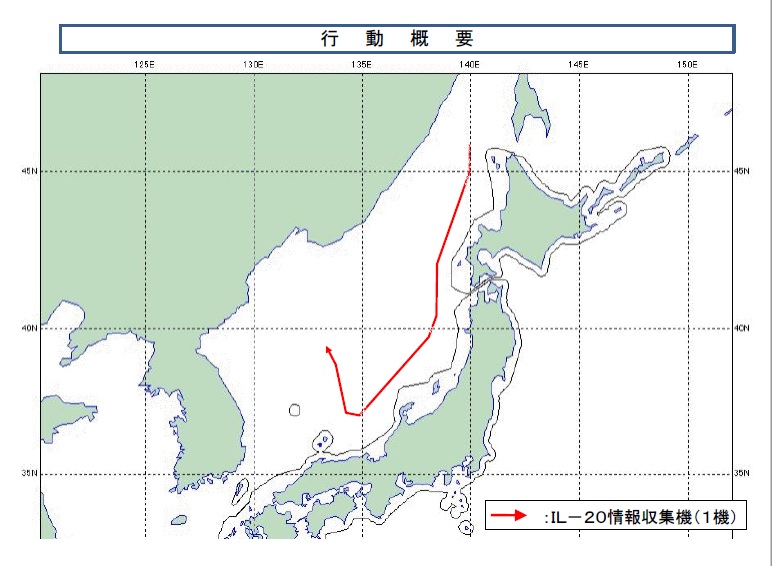
USS Ronald Reagan (CVN-76) is heading to the Busan Naval Base in South Korea after wrapping up a trilateral exercise in the East China Sea on Tuesday.
The Ronald Reagan Carrier Strike Group (CSG) will stop for a port visit that is meant to improve the regular visibility of U.S. extended deterrence and to enhance friendly cooperation between Korea and the U.S. in commemoration of the 70th anniversary of the ROK-U.S. alliance, the Republic of Korea’s Ministry of National Defense (MND) said in a news release.
The last U.S. carrier to visit South Korea was USS Nimitz (CVN-68) in March. Reagan previously visited Korea last September. North Korea launched ballistic missiles in response to both carriers each conducting drills with the ROK military.
The CSG consists of carrier USS Ronald Reagan (CVN-76), cruisers USS Antietam (CG-54) and USS Robert Smalls (CG-62) and destroyer USS Shoup (DDG-86), the MND noted.
Since its departure from Yokosuka, Japan., on Sept. 29, the Reagan CSG has had a continuous stream of activities, with Reagan and Antietam conducting tactical exercises in the Philippine Sea and East China Sea with Japan Maritime Self-Defense Force destroyer JS Yuudachi (DD-103) and frigate JS Noshiro (FFM-3) from Sept. 30 until Saturday. On Sunday, Reagan hosted the second U.S. 7th Fleet-JMSDF-ROKN trilateral meeting of this year, according to a Monday U.S. Navy news release.
U.S. 7th Fleet commander Vice Adm. Karl Thomas, JMSDF fleet commander Vice Adm. Akira Saito, and ROKN fleet commander Vice Adm. Kim Myung-soo met “to align efforts within shared maritime security challenges and discussed strengthening maritime-based trilateral security cooperation,” the Navy said in the release.

From Monday to Tuesday, the three navies carried out trilateral drills in the East China Sea. The exercise included included anti-submarine warfare, electronic warfare, maritime interdiction and anti-piracy exercises. Reagan, Antietam, Robert Smalls and Shoup – along with JMSDF helicopter destroyer JS Hyuga (DDH-181) and ROKN destroyer ROKS Yulgok Yi I (DDG-992), and fast combat support ship ROKS Cheonji (AOE-57) – carried out the drills.
“Attempts and actual actions to change the status quo by force are the challenges against rules-based international order,” Saito said in the release.
“In order to create security environment that does not accept such violations, our three navies should continue working closely together and deepening further cooperation with navies of friendly nations in the Indo-Pacific region. The Self-Defense Fleet will continue to actively conduct activities that contribute to the regional peace and security with allied and like-minded navies for the realization of a ‘Free and Open Indo-Pacific.”
From Friday to Sunday, JMSDF fleet oiler JS Oumi (AOE-426) and U.S. Navy oil tanker MV Acadia Trader conducted the Japan-U.S. bilateral exercise known as Interchangeable Logistics Exercise 2023-6 (ILEX23-6) in the port of Sasebo, Japan, and the western waters of the main island of Kyusyu, according to a Tuesday news release from the JMSDF.
“This exercise was conducted by a U.S. Navy oil tanker to supply fuel to our ship at sea and it was the first bilateral exercise of a JMSDF ship and a U.S. Navy oil tanker,” Capt. Shinich Enokitani, the commanding officer of Oumi, said in the release. “In order to conduct replenishment at sea safely, we inspected safety of the equipment and the procedure at the quay of Sasebo Port in advance. Under the strong, long-lasting alliance, Japanese and U.S. naval logistic forces have been operating more effectively and efficiently in support of mutual front line units.”
Meanwhile, on Friday the Yokosuka city government announced that attack submarine USS Jefferson City (SSN-759) had docked at Yokosuka that day so the crew could rest and perform maintenance on the boat.

Meanwhile, on Tuesday, Japan’s Joint Staff Office (JSO) of the Ministry of Defense issued several news releases about the movements of Russian ships and aircraft around Japan. At 4 p.m. on Sunday, Russian Navy destroyers RFS Admiral Panteleyev (548) and RFS Admiral Tributs (564), in addition to a Dubna-class fleet oiler, were sighted sailing southwest in an area 43 miles northeast of Tsushima, according to the first release. The ships subsequently transited the Tsushima Strait to enter the East China Sea. JMSDF multi-purpose support ship JS Amakusa (AMS-4303) and JMSDF P-1 Maritime Patrol Aircraft (MPA) of Fleet Air Wing 4 based at Naval Air Facility Atsugi on the main island of Honshu monitored the Russian ships. The Russian Ministry of Defense has announced that the ships are on a deployment to conduct engagement activities in the Asia Pacific region.
On Monday at noon, corvette RFS Sovershennyy (333) was sighted sailing west in an area 43 miles northeast of Cape Soya on the main island of Hokkaido, according to second news release. The corvette subsequently sailed west through La Perouse Strait to enter the Sea of Japan, while fast attack craft JS Kumataka (PG-827) and a JMSDF P-3C Orion MPA of Fleet Air Wing 2 based at JMSDF Hachinohe Air Base on the main island of Honshu followed.

On Tuesday morning, a Russian IL-20 electronic intelligence (ELINT) aircraft flew in from the Russian continent, flying south over the Sea of Japan off the east coasts of the main island of Hokkaido and Honshu, before turning in the direction of the Russian continent while off the Noto Peninsular on the main island of Honshu, according to a third news release. Japan Air Self-Defense Force fighter aircraft, primarily from the JASDF Northern Air Command, scrambled in response.





